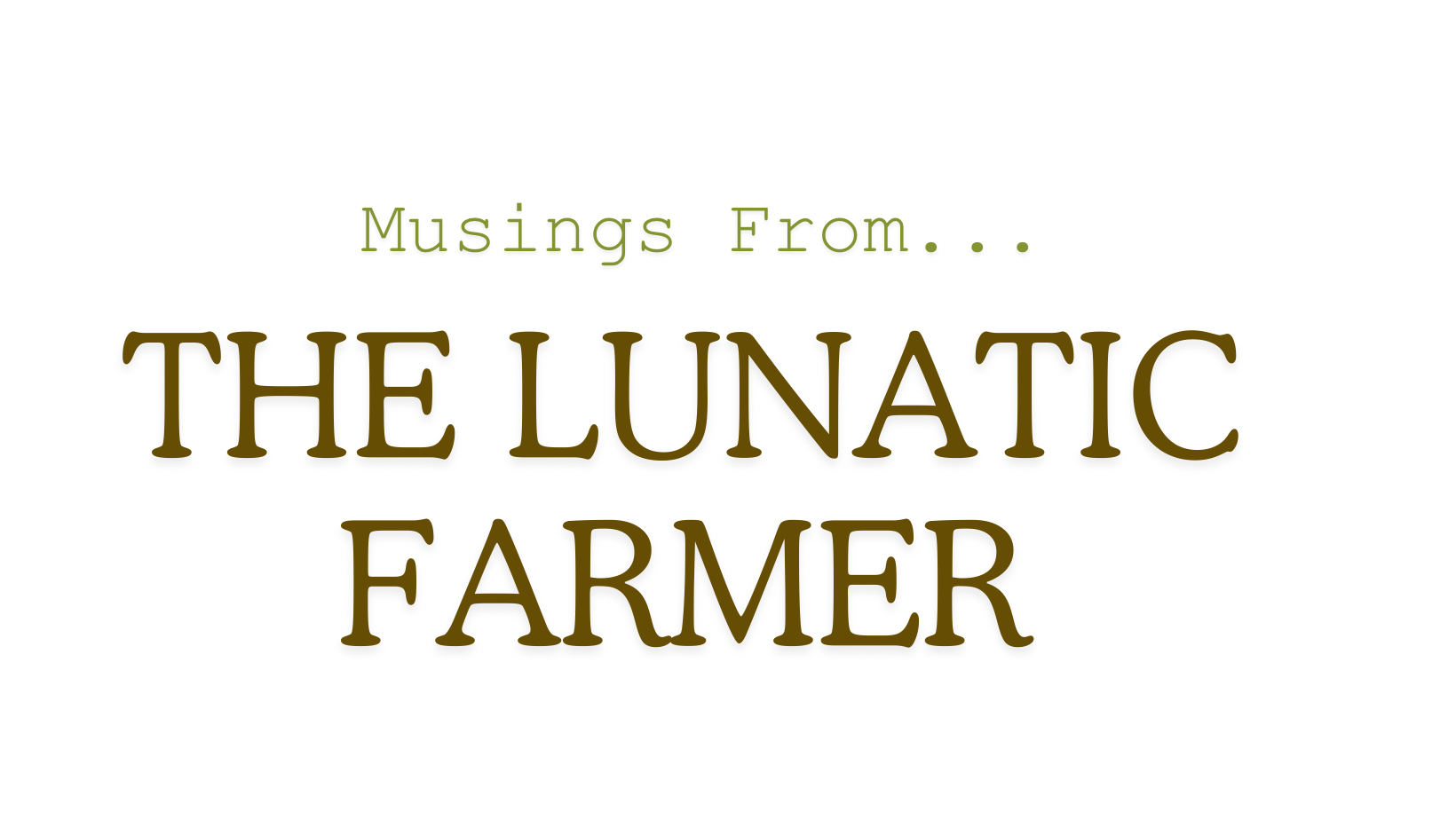CHICKENS UNDER COFFEE TREES
It’s 4:30 a.m. and I’m in the airport near Medellin, Colombia waiting for my return flight to Miami, reading the comments to my blog post about the idea of running chickens under coffee trees. I shared it with a bright group of young coffee growers yesterday.
The easiest thing in the world is to assume others are up to speed. But none of us is up to speed on everything, including me. So the question on my blog comments “would the chickens eat the bugs in the fallen coffee beans?” is a sweet reminder that we’re not all on the same spot in our journey.
Let’s go to the heart of the matter. Ecological farmers may not agree on everything, but one thing we all agree on these days are these 5 essential elements:
1. Minimize tillage.
2. Diversity—plants and animals (multi-speciation)
3. Cover the soil (no bare ground)
4. Extend living vegetation (no fallow)
5. Livestock.
The devastation among Florida’s orange groves and the diseases attacking coffee trees are symptomatic of one thing: violating all of the above ecological pillars. They grow one thing, till underneath to suppress vegetation, have no soil cover, and use no livestock. This is why we’re seeing commodities crashing around the world. When you violate these principles, nature fights back, as if to say “I will be respected or else.” It’s no idle threat.
I received a wonderful letter from a citrus grower in Belize. He adopted my pastured poultry ideas in his citrus grove years ago and it set in motion a cascade of benefits. The worms and other bugs that attacked the orange trees over-seasoned in dropped fruit. The chickens ate the dropped fruit and the bugs, eliminating pests. That meant he didn’t have to spray for anything. The chickens fertilized the trees, ate the grass, and laid eggs.
Not only did he eliminate chemical costs, but now he had eggs to sell. The trees shaded and protected the chickens. This is such a basic symbiotic relationship, but it is not even part of the conversation in industrial agricultural orthodoxy. There is not an orchard, citrus grove, coffee plantation, almond farm, or pecan forest that wouldn’t benefit from poultry especially and other livestock generally . . . anywhere in the world. And if that’s where we grew our poultry, we wouldn’t need a single Concentrated Animal Feeding Operation (CAFO) with all its animal welfare, animal health, social infringements, and pollution.
The gospel of pastured livestock is not just a warm fuzzy notion espoused by nuts like me for giggles and kicks. It’s a foundational, credible, and serious healing regimen for all sorts of ills. Like I told the assembly yesterday, nature doesn’t thrive in sterile habitats. It thrives in biological diversity and complex relationship. You should have seen that massive hall erupt in applause when I proclaimed: “We have 1,000 head of cattle, 500 hogs, and 20,000 chickens and use ZERO vaccines, ZERO medications, and ZERO disinfectants and you don’t have to walk through sheep dip, put on a hazardous materials suit, or shower in and shower out to visit our animals.” I emphasized the ZERO to get their attention.
I met with one large-scale hog farming family who couldn’t imagine putting pigs outdoors: “They’re so fragile! They’ll all die!” I assured them that pigs enjoyed dirt. They laughed as they realized their paradigmatic silliness. I think they’re coming to Polyface for a visit next week. Although something might have been lost in translation, I understood that they constantly wash off their pigs (probably with disinfectants) almost daily as part of their biosecurity protocol.
So yes, chickens would eat the worms and bugs in dropped coffee beans. As to what the caffein would do to them, I have no clue. Chickens are already the first farm animal awake in the morning (cows next, pigs last). So would they run around all night? I’m hoping when I re-visit Colombia, I’ll meet with some of these young farmers again and get an answer to that question.
What do your chickens do for you?
